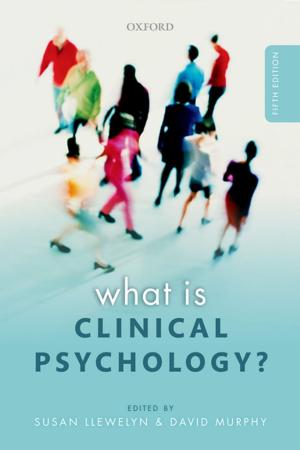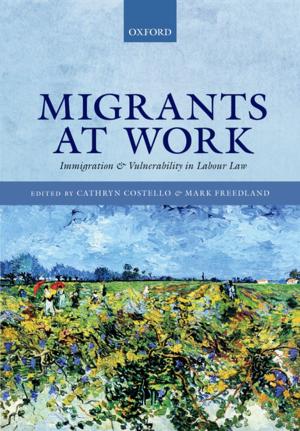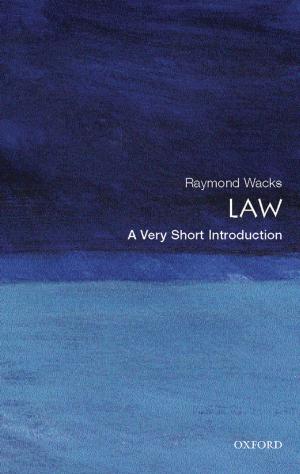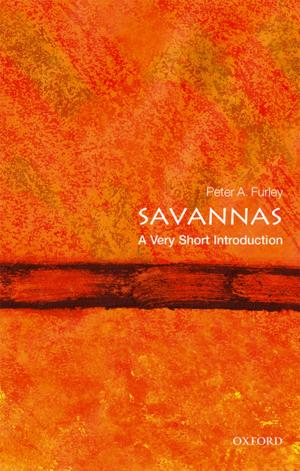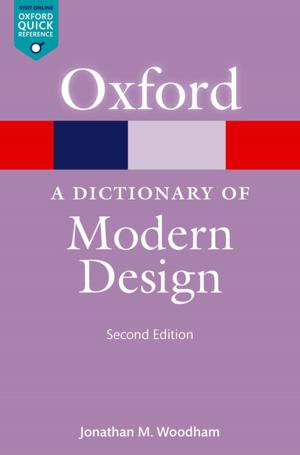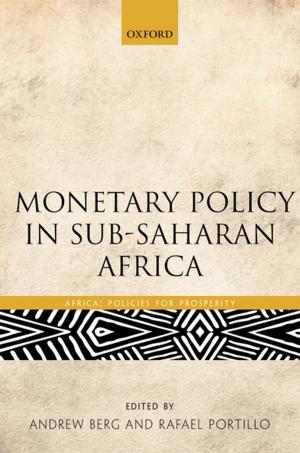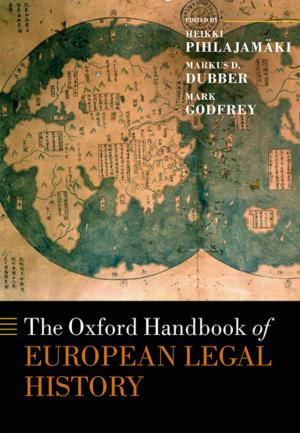Left-of-Centre Parties and Trade Unions in the Twenty-First Century
Nonfiction, Social & Cultural Studies, Political Science, Politics, Labour & Industrial Relations, Social Science| Author: | ISBN: | 9780192507716 | |
| Publisher: | OUP Oxford | Publication: | February 15, 2017 |
| Imprint: | OUP Oxford | Language: | English |
| Author: | |
| ISBN: | 9780192507716 |
| Publisher: | OUP Oxford |
| Publication: | February 15, 2017 |
| Imprint: | OUP Oxford |
| Language: | English |
Both parties and interest groups matter to democracy. Historically, examples of close relationships between the two abound. But perhaps the best known because it was supposedly the most intimate and politically important is the relationship between left-of-centre parties and trade unions. Whether rooted in a shared history, culture and ideology or more a 'marriage of convenience', it is widely believed that their relationship helped socialist, social democratic, and labour parties win power and ensured the working class achieved huge gains in terms of full employment, the welfare state and labour market regulation in the post war period. In recent decades, however, it has been widely argued that the links between left-of-centre parties and trade unions have declined as their collaboration has become less mutually beneficial, not least as a consequence of structural changes in the economy and labour market. This volume interrogates, qualifies, and even challenges that widespread assumption. Based on a brand new dataset, including organizational data gathered by a cross-national team of experts, it uncovers and explores what turns out to be considerable variation in the strength of contemporary organizational links between left-of-centre parties and unions in twelve different countries that have been democracies since at least the mid -to late-1940's. Testing a series of hypotheses on the importance and the impact of particular political systems and socio-economic factors, and on the costs and benefits for both parties and unions, detailed qualitative and quantitative analysis suggests that left-of-centre party-trade union links are stronger where trade unions are larger, denser, and more unified and where parties are less able to rely on the state to finance their organizational activities and electoral campaigns. Traditional partners that still have fairly strong links with each other seem to have greater incentives than others to maintain those links. Moreover, it remains the case that the links between parties and unions matter in policy terms.
Both parties and interest groups matter to democracy. Historically, examples of close relationships between the two abound. But perhaps the best known because it was supposedly the most intimate and politically important is the relationship between left-of-centre parties and trade unions. Whether rooted in a shared history, culture and ideology or more a 'marriage of convenience', it is widely believed that their relationship helped socialist, social democratic, and labour parties win power and ensured the working class achieved huge gains in terms of full employment, the welfare state and labour market regulation in the post war period. In recent decades, however, it has been widely argued that the links between left-of-centre parties and trade unions have declined as their collaboration has become less mutually beneficial, not least as a consequence of structural changes in the economy and labour market. This volume interrogates, qualifies, and even challenges that widespread assumption. Based on a brand new dataset, including organizational data gathered by a cross-national team of experts, it uncovers and explores what turns out to be considerable variation in the strength of contemporary organizational links between left-of-centre parties and unions in twelve different countries that have been democracies since at least the mid -to late-1940's. Testing a series of hypotheses on the importance and the impact of particular political systems and socio-economic factors, and on the costs and benefits for both parties and unions, detailed qualitative and quantitative analysis suggests that left-of-centre party-trade union links are stronger where trade unions are larger, denser, and more unified and where parties are less able to rely on the state to finance their organizational activities and electoral campaigns. Traditional partners that still have fairly strong links with each other seem to have greater incentives than others to maintain those links. Moreover, it remains the case that the links between parties and unions matter in policy terms.


